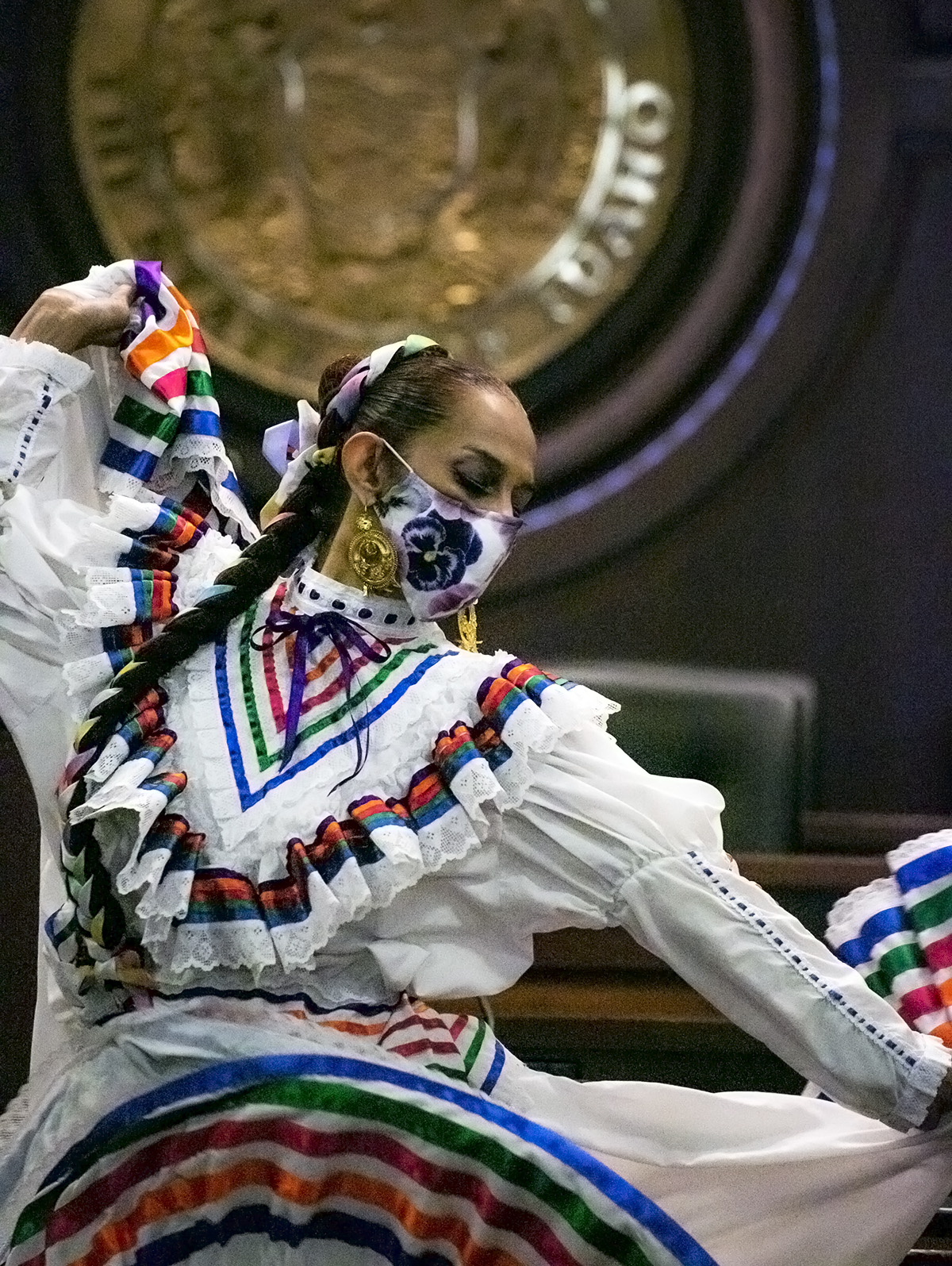
President Joe Biden set the ball rolling this week on a new effort to make sure the nation’s Hispanic and Latino students are successful in schools.
In an executive order Monday, Biden announced his “White House Initiative on Advancing Educational Equity, Excellence and Economic Opportunity for Hispanics.” The initiative aims to increase Latino families’ access to quality educational programs, address inequitable treatment of Latino children, and break down barriers to higher education, among other things.
“The Nation’s future prosperity and global leadership across industries is … tied to the success of Hispanic and Latino students,” the order says. “Their success is a priority.”
More than 27% of the nation’s public school students identify as Hispanic or Latino, a diverse group that includes students of many racial and cultural identities. In Idaho, Latino student enrollment has grown to almost 20% of the state’s 307,000 students.
Yet, as the President’s executive order points out, Latino students “face systemic inequitable barriers in accessing a high-quality education and a fair shot at the American dream.”
Fewer Latino students are enrolled in early education programs than their white peers, Latino high school graduation rates are lower than the national average and Latino students are underrepresented in advanced courses. The pandemic exacerbated existing challenges, the White House says: Latino students were disproportionately impacted by school closures and less likely to have broadband and computer access they needed to succeed. Colleges saw a decline in the share of Latino students attending during COVID-19.
Many of those trends hold true in Idaho, a state that has made little progress closing achievement gaps between white and Latino students that have persisted for decades.
- About half Idaho’s Latino students were reading at grade level in the spring of 2021, compared to 65% of students statewide.
- Only 34 percent of Latino students in the class of 2020 went on to higher education amid the pandemic, a statically significant drop, according to the State Board of Education. Idaho’s share of Latino adults that held a college degree was among the lowest in the nation, in 2018 at 16.5%.
- The state has made progress improving the Latino graduation rate, but the four-year graduation rate was still only 76% in 2020, compared to a state average of 82%.
- Latino students were slightly less likely to have access to in-person school during the pandemic compared to their white peers, according to a State Board report. Latino students pushed into a hybrid learning scenario during the pandemic saw a larger decline in GPAs than white students.
Despite pandemic challenges, Idaho’s Latino students outpaced state averages on academic growth in some areas. On the state reading test, the IRI, Latino students improved 16.3 percentage points from the fall to the spring, compared to a state average of 15.5.
Prior to the pandemic, Idaho Education News and the Idaho Statesman traveled Idaho to talk with Latino families about what barriers they face to academic success. Students told reporters that they can feel like they’re navigating school alone; if parents didn’t finish school, or don’t speak English well, it can be harder for them to help their children with academic assignments and applications. Latino students are also twice as likely to face poverty as Idaho’s white children, and often balance schoolwork with their jobs. During the early days of the pandemic, some youth took up jobs working in the fields while still attending online classes.
Students can also feel underestimated and overlooked in districts where teachers and administrators are overwhelmingly white. Less than three percent of the Idaho’s teachers and administrators identify as Hispanic or Latino.
Read more about Idaho’s Latino students, here.
Don’t forget: Wednesday, Sept. 15 marks the start of Hispanic Heritage Month in Idaho. You can find a list of events happening around the state here.
